Wars Of The Republic Ancient Wargaming Rules – First Impressions | Osprey Games
December 2, 2021 by brennon
Osprey Games has recently released another of their wargaming rulebooks for those delving into the Ancient era. Wars Of The Republic from Eric Farrington explores the era of the Republican Romans and offers up a neat way to play as not only the Empire but also their foes that sat at their borders.
Buy Wars Of The Republic For Yourself Here
With that in mind, I thought I'd put together some initial impressions of the rules so that you can decide if they are worth looking into more! So, without further ado, let's dive into our first impressions.
Time Period, Scale & Scope
One of the first things to go over with these rules is discussing what period of history they apply to. Wars Of The Republic covers a fairly vast amount of time but it begins with The Early Republic. This delves into the fight to control all of Italy under their rule.
Beyond that, the rules look towards The Punic Wars and the clashes against Carthage, the Wars Of The Successors and the introduction of Greek and Hellenistic forces, alongside The Slave Revolts (if you want to introduce some Spartacus!). This then finishes off with the End Of The Republic and the clashes of the Gallic Wars and the Civil Wars.
To cover such a breadth of time, the rules provide statistics and rules which apply to the most common units of the time. For example, there is a single entry for Archers or Elite Infantry but you will also find options which a little more specific. So, for example, you've got the Hastati for the Romans or the drilled Hoplites of the Greeks.
This is then broken down into a selection of lists that are tailored to not only the different periods mentioned above but also restrict the kind of units you can and cannot take. In this way, the book is able to cover a wide range of periods, the varied units of the different cultures at the time and make it easily consumable and readable at the same time. I like this a lot. It makes the idea of Ancient wargaming feel a little less daunting and provides good guidelines for newcomers and veterans.
When it comes to scale and scope, Wars Of The Republic looks to deliver the mass battle scale encounters of the time period. This is a set of rules which is focused on delivering large battles with wings of the army manoeuvring into position for charges and outflanking options. All of this is then based on the idea of using 28mm miniatures to build your armies although the game can easily fluctuate to encompass smaller armies at 10mm or 15mm if you like or perhaps forces as big as 54mm!
This is because the game uses Movement Units (MU) to determine the size of units and the ranges and distances in-game. Typically, an MU is one inch if you're using standard 28mm miniatures with a unit of troops being ten figures, five men wide and two men deep. So, this gives you an idea of the kind of units and scales you'll be playing with in-game.
If you're going to be playing at a smaller scale then you're encouraged to make sure that both forces match the same unit size and scale so that everything is fair. For example, if you're playing in 10mm or 15mm make sure that the MU used for units are the same for both sides.
In essence, it should be mentioned that Wars of the Republic is, as is most often the case, an attempt to replicate the scale of these battles during the Ancient period whilst not being directly accurate. Unit sizes are an abstraction with a band of soldiers fighting together being the important part of the equation. This isn't about the individual heroics of "Sandal Dude #1"
The Rules Of War
The core of Wars Of The Republic is simple and easy to get your head around. Turns are broken down into the calculation of your Commander's Gaze, Bidding For Initiative, Activations, Melee Resolution and the End Phase where things get cleaned up.
This leads me to discuss one of the most intriguing elements of Wars Of The Republic, the Commander's Gaze. I like the command aspect of wargames set during this period where the focus is on what an individual can call out to their troops in the swirling maelstrom that is the battlefield.
Commander's Gaze is always equal to the number of units on the field of battle. So, if you have ten units on the tabletop then you have ten Commander's Gaze Tokens to play with. This represents that as the battle turns and twists the General has less control over their force; especially as things go awry.
Commander's Gaze then becomes an important resource that you're going to have to manage during your games. Not only are these tokens used to bid for initiative, allowing you to take control of a game turn but also use special rules for units, change their formations, steal the initiative, re-roll dice and rally your units who are on the edge of flagging.
This means that the game already introduces interesting ways for both players to start in the heart of the action from activation to activation. Yes, the bid for initiative can be important at the start but subsequent steals can be integral. You could even wait until your opposition has spent a bunch of their tokens before rushing in, taking control and then putting your own plans into action.
I like any game where it isn't just a case of "I move all of this forward and attack". I like having to plot and plan and the Commander's Gaze tokens put that into action. It becomes even more important once you delve into all of the special rules available to units.
It seems an apt time to discuss those too. Units in Wars Of The Republic can be in a variety of different formations. Open, Phalanx, Legion, Rhombus and Wedge are available to your army with some more specific to Cavalry and others for Infantry.
Each of these different formations can be changed by spending Commander's Gaze Tokens and they offer up specific benefits to your units. Open is the way you'll spend most of your time in battle but as you close on the enemy you will form up into Phalanx, making yourself a deadly wall of spears (with few movement options) or Wedge, ready for a charge on horseback. The unit entries at the back of the book explain the formations the unit can adopt and you'll also find specific attack and defence bonuses for each.
This is where the core of the game lies. A lot of Wars Of The Republic is tied into the way you as a commander use these formations to your benefit. As with most mass battle wargames, this is all about command and control of the battlefield and moving into position for a well-placed trap.
The actual fighting in Wars Of The Republic is pretty simple. Each unit comes with an Attack value, Armour, Courage and Discipline. Some units will also come with a Shoot value. Actually hitting someone in the face is easy with hits for both ranged and close combat being successful on a 4+. The fluctuation comes in when you apply armour to soak damage taken and how that then spills out onto your unit's courage. You see, this isn't really about "wounds". Instead of that, the "damage" is applied to the units courage which depletes and then can cause a unit to rout from the field.
This idea of sapping the enemies courage then flows into the way other units react to the melee and the changing fortunes of their allies. There is a real ebb and flow to the way Wars Of The Republic feels it seems rather than it simply being a big meat grinder where units butcher each other until there's just one person left!
Expanding The Game
As well as a seemingly solid set of core rules, Wars Of The Republic also has plenty of special and advanced rules you can throw into the mix. Beyond the rules for formations, each unit might also find themselves with rules for throwing pila, causing terror and more. This expands even more with rules for the likes of Hoplite Drift and chasing down fleeing foes. Want to know what Hoplite Drift is? Well, find out in the book!
In addition to that, Wars Of The Republic also comes with a mass of different ways to play out different scenarios. Not only do you delve into Raids (objective-based scenarios) and Battles (big, campaign ending clashes) but there are also full rules introducing complications and randomness into your games and also larger campaigns. It feels like a solid set of rules for those wanting to approach the Ancient period in a one-off way and those who want to make it into more of a narrative affair.
You will also find specific historical battles for you to dive into. You could play out the Battle Of Silva Arsia/Lake Regillus or the classic Battle Of Cannae. Each of these comes with a set of units for each force to use and special rules that help give them a bit of spice.
The core of Wars Of The Republic seems like a nice, thematic update to the Men Of Bronze rules also by Eric Farrington. It feels like it suits the period and it will be fascinating to see how people use this toolset to play out this particular era of the Roman Empire. I am particularly interested in the ways this plays with smaller-scale forces in 10mm and 15mm!
The most important thing for me was that as someone who knows practically nothing about this period (apart from what I learned in ROME: Total War), I could grasp what Farrington was putting together with these rules and get an instant grip on how a turn works and how to build an Ancient army. A great way to get someone started in Ancient wargaming.
Are you going to be picking Wars Of The Republic up?
"I like having to plot and plan and the Commander's Gaze tokens put that into action..."
Supported by (Turn Off)
Supported by (Turn Off)
"Want to know what Hoplite Drift is? Well, find out in the book!"
Supported by (Turn Off)
































![How To Paint Moonstone’s Nanny | Goblin King Games [7 Days Early Access]](https://images.beastsofwar.com/2024/12/3CU-Gobin-King-Games-Moonstone-Shades-Nanny-coverimage-225-127.jpg)








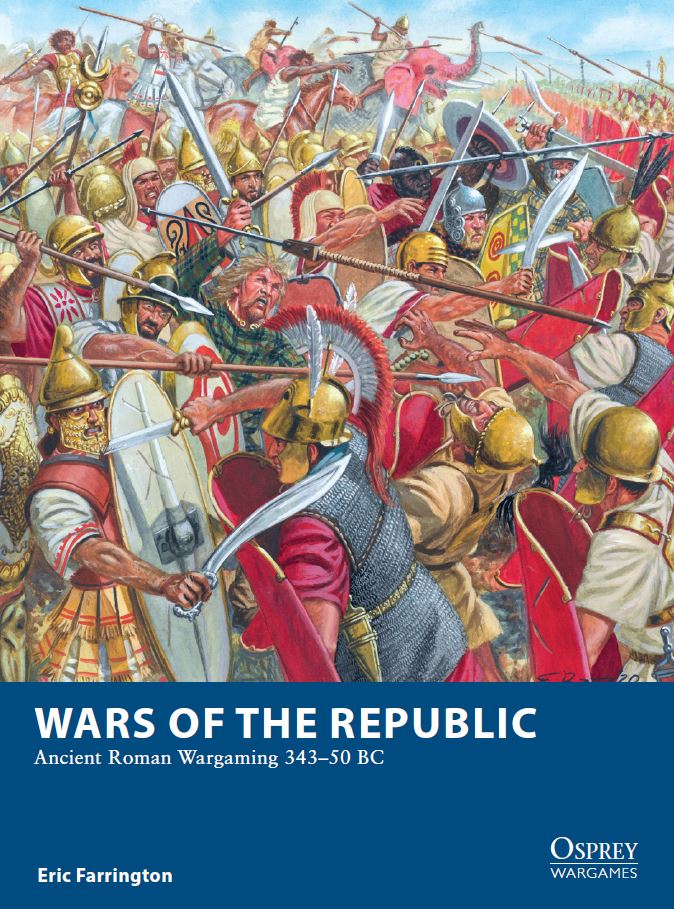
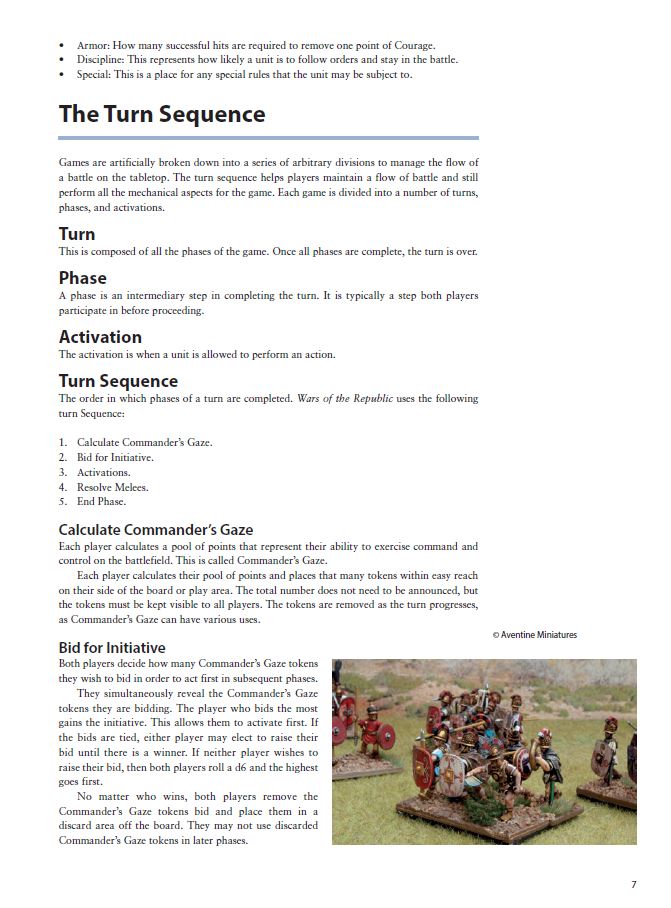
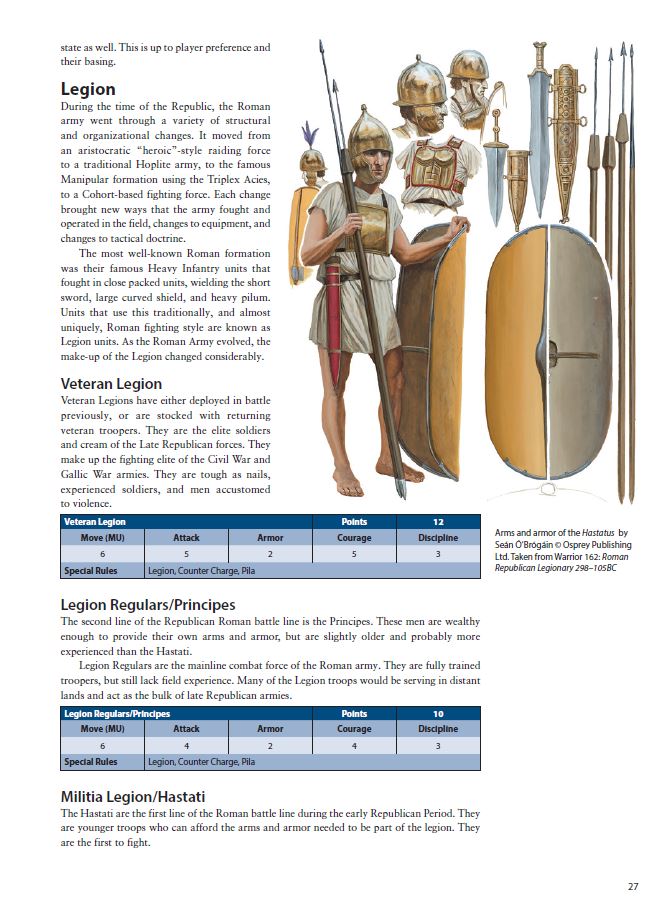
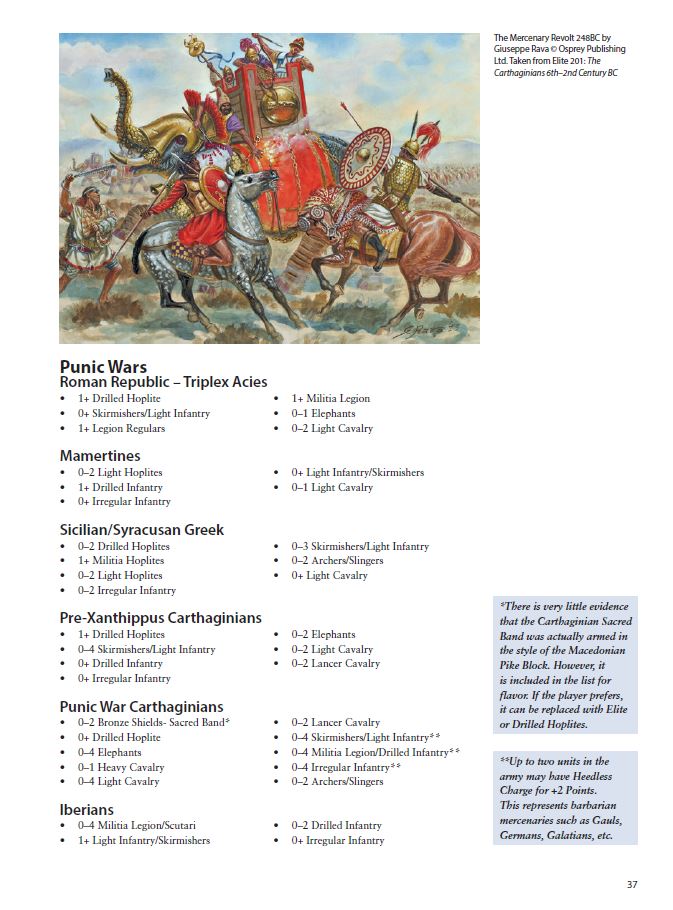
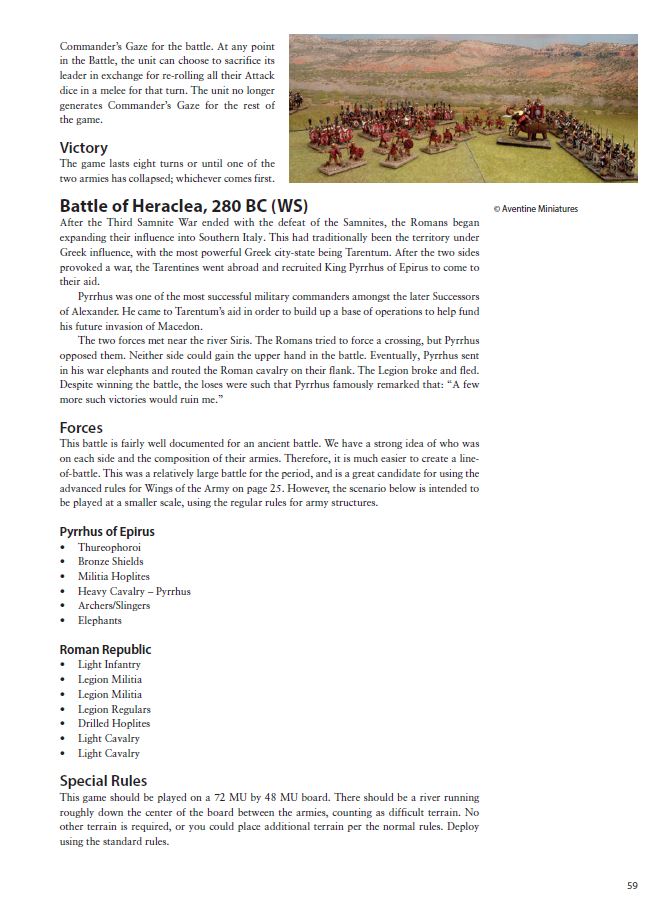
































Thanks for the review. Sounds like there are some interesting concepts and mechanics here. Definitely worth getting a copy by the look of things.
I saw a copy behind Ben during the Weekender, so I expecting this anytime soon. I am glad for the wait because the article is very informative, and after reading it, I will get this early next year. Thanks Ben.
A question @brennon – In the article you wrote that the width and depth for both opponents should be the same. In most historical wargames only the width needs to be the same. Is there some game-mechanic that requires depth to be the same also. It would be interesting to know why?
Sorry yeah – I should clarify that a bit and change it in the article. As long as the core MU (Movement Units) is the same for each side then you’ll be fine. So, taking a normal “Warhammer Regiment Tray” as an example – as long as both sides determine they’re going to use that when going into phalanx and blocks. The standard for WotR is a 10 model infantry unit or a 10 model cavalry unit (as that will make up the core of the force). So, a Commander in the middle flanked by two soldiers on either side… Read more »
Thanks for the clarification – understood.
Ooh the European tours.
Could they have picked a name that doesn’t create the initials WotR? Going to get confusing ?
Honestly, I’m just shocked this article wasn’t written by Gerry
I did consult him for some “Gerry Thoughts” but he said I’d covered it haha – so, I take that as a seal of approval 🙂